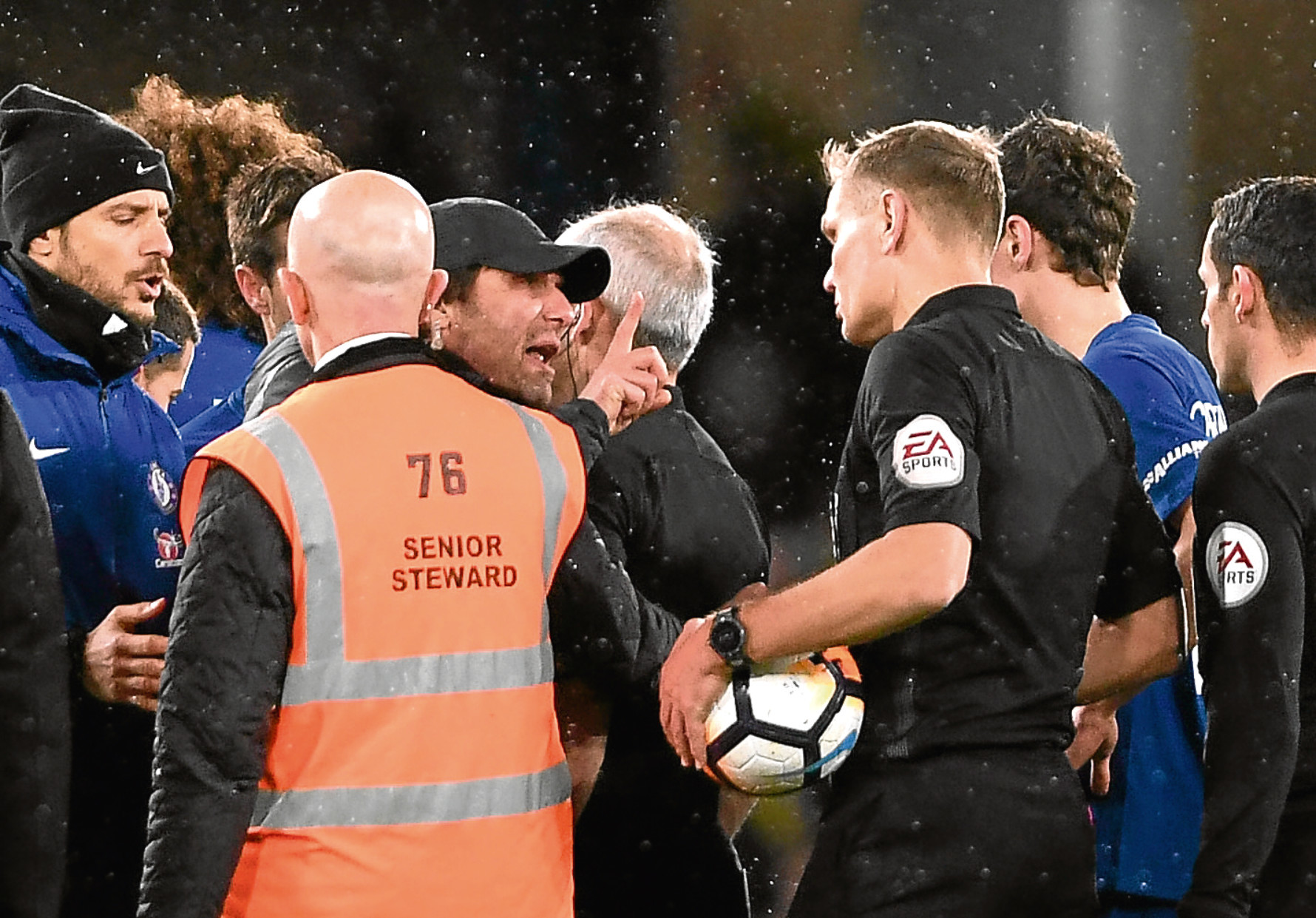
PUNDITS aren’t known for taking a considered point of view.
The thinking is: why hold back when the opportunity is there to fly in two-footed?
That’s why all and sundry have been leaping to rubbish football’s Video Assisted Referee (VAR) system this week.
But I’m not having it – because the knockers have got it wrong.
I’ve said for years that referees need more help to get big decisions right.
That’s exactly what they have been given with VAR being trialled in the FA Cup.
And, as far as I’m concerned, the system has worked exactly the way it was supposed to, despite the controversy over Wednesday night’s clash between Chelsea and Norwich City.
We’ve all seen the big moment from that game – the extra-time challenge in the box by City defender Timm Klose on Chelsea’s Willian.
Whistler Graham Scott immediately booked Willian for diving and gave Norwich a free-kick.
It was a decision video ref Mike Jones didn’t see anything wrong with, so there was no assessment, as per his remit.
And that’s when all hell broke loose.
Chelsea boss Antonio Conte was furious over Jones’ “big mistake”, former referee Graham Poll said the system is not ready for the Premier League, while ex-Newcastle striker Alan Shearer called VAR “a shambles” on Match of the Day.
We can dismiss Conte’s reaction for obvious reasons – he’s completely biased!
Poll was right enough, but that’s exactly why VAR isn’t yet being used in the Premier League!
And as for Shearer, I reckon he’s gone way over the top.
It’s far too early to leap to judgment on whether VAR is going to succeed in England.
There were always going to be controversies during the bedding in process.
But I reckon the fact that people don’t fully understand the system yet is behind this particular one. Had Klose’s challenge on Willian been a glaringly obvious, studs-up shocker, that the match referee had somehow missed, or got wrong, the video ref would have stepped in without question.
Those are the kinds of blatant, game-changing errors the VAR system is designed to cut out.
But Wednesday’s incident at Stamford Bridge was much more open to interpretation than certain others, like whether the ball crosses the goal-line, for example, or whether an attacker is offside.
Those are questions with yes or no answers.
Klose on Willian was not.
Yes, the Norwich man stuck his leg in.
Yes, he didn’t get the ball.
But I reckon Willian played his part in ensuring contact was made. That’s my interpretation of the incident, and it was Graham Scott and Mike Jones’ too.
And that’s the point – VAR is not meant to remove the referee’s interpretation from the game, it is there to make sure glaring, obvious errors don’t affect results.
As far as I’m concerned the system worked just as well at Stamford Bridge as it did when the video ref at Leicester City’s tie with Fleetwood Town overturned the match officials’ offside decision to allow Leiceister a goal.
There are going to be hiccups. There might even be terrible cock-ups.
But Wednesday night was neither, as far as I’m concerned.
I don’t care about the negative headlines – I’m still convinced VAR is the way forward.

Enjoy the convenience of having The Sunday Post delivered as a digital ePaper straight to your smartphone, tablet or computer.
Subscribe for only £5.49 a month and enjoy all the benefits of the printed paper as a digital replica.
Subscribe